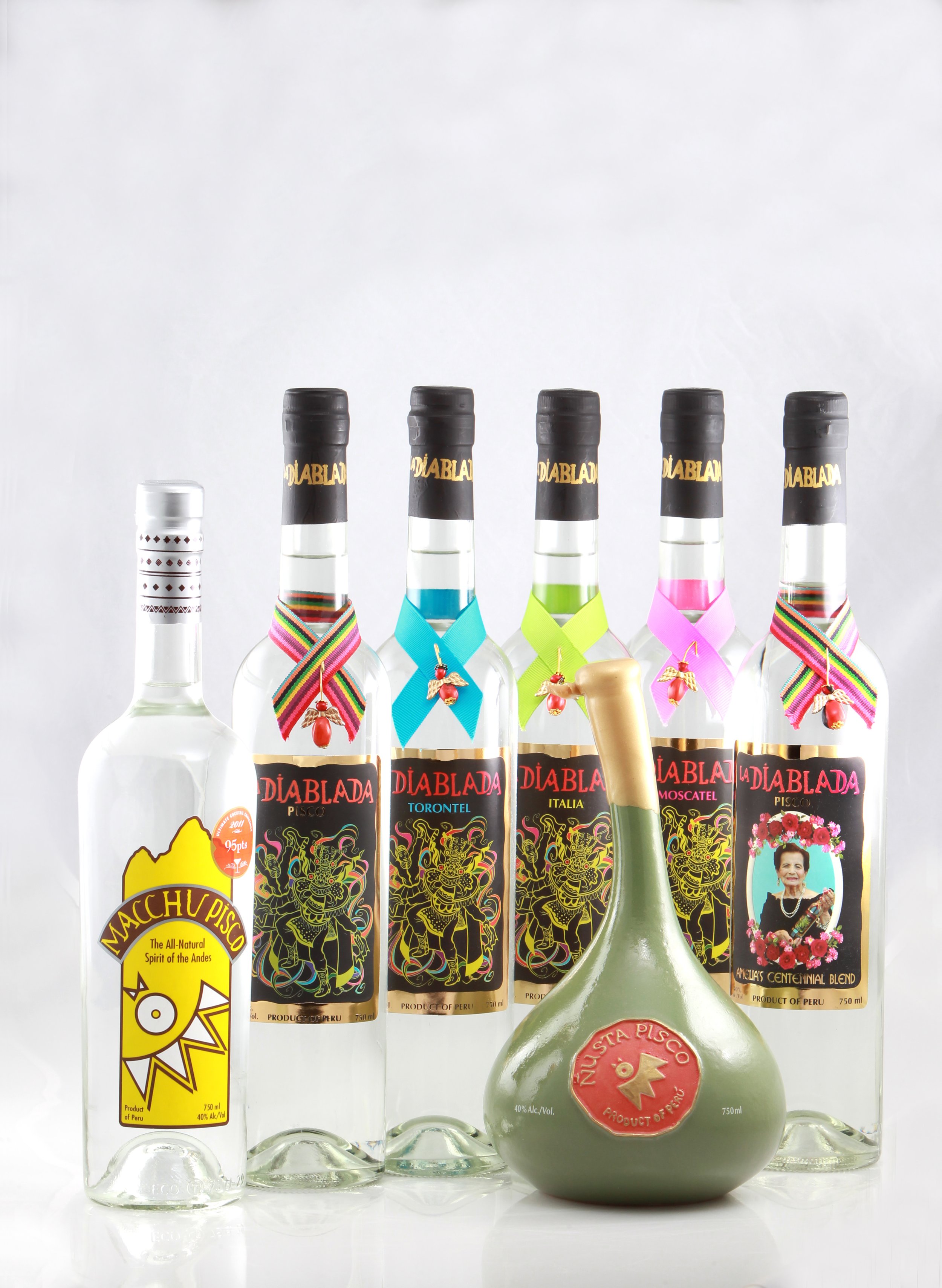South American Sips

The spotlight from the recent Craft Cocktail Renaissance usually shines on canonical drinks, such as the Negroni or the Manhattan. And no worthy cocktail list would be without a host of drinks stuffed with trend-forward spirits such as amaros or Mezcal.
But one underrated phenomenon from the increased focus on artisanal cocktail ingredients is a host of high-quality spirits coming from South America. If the last time you tried cachaça or pisco was in passing, these two spirits are well worth a closer look; up-and-coming producers (combined with better importers) are putting out a good amount of seriously made alcohol.
Pisco, a grape-based spirit made in Peru and Chile, may be most famous in the Pisco Sour, a refreshing frothy cocktail with lime juice and egg white. But its versatile character works in a number of ways: for example, try an oak-aged version in place of whiskey in an Old Fashioned. Whether you’re sipping or mixing, bottles to watch out for include Macchu Pisco’s La Diablada, which skews floral, and BarSol Italia, with notes of tropical fruit.
You wouldn’t know it by looking at the shelves in the United States, but cachaça, the Brazlian spirit made from distilled sugarcane juice, is the third most popular spirit in the world. One intriguing twist in the category has been the recent arrival of a swath of barrel-aged cachaças. There are no regulations for how long and in what type of wood barrel the base spirit gets aged so it’s difficult to make generalizations about flavor, but expect a similar effect to what happens with whiskey, tequila, or rum: additional notes of caramel, vanilla, and spice, with a rounder mouthfeel.
Bartenders are warming up to the way that wood aging allows the spirit to be mixed in drinks beyond the basic Caipirinha and experimenting with examples aged in different woods to great effect. Avuá, for example, is aged in amburarna, a native Brazilian wood, and has notes of baking spices. Yaguara, which is aced in Carvalho oak, has floral aromas.
But if you’re relatively new to South American spirits and want to experiment at home, there’s no easier way than starting with the two classic recipes below, the Caipirinha and the Pisco Sour.
Salud!
Recipes to try at home:
Caipirinha
Similar to the Daiquiri, this strong sweet-sour drink calls for cachaça, a Brazilian take on rum distilled from fermented sugarcane juice. Wildly popular in Brazil, the combination of lime juice, sugar and cachaça was thought to have originated to mask the taste of crudely- produced caçhaca, which, until recently, was widely considered a peasants’ spirit. As production techniques have improved, so has the cocktail. Riding the Mojito’s recent wave of popularity, the Caipirinha has been gaining traction in the United States, no doubt on account of a new wave of quality cachaça imports finally making their way stateside.
Serves 1
• 2 ounces cachaça
•1 lime, quartered
•2 teaspoons sugar
Garnish: lime wedge or wheel Glassware: rocks glass
In a rocks glass, add lime pieces and sugar, and muddle until well juiced. Add cachaça and ice. Stir to mix and garnish with a lime wedge.
Pisco sour
This frothy spur off the sour family tree made with pisco, citrus juice, simple syrup and egg whites has roots in both the United States and Peru. The story goes that American-born Victor Morris moved to Peru in the early 20th century to work on the railroads but ended up opening a bar instead. He supposedly fashioned an antecedent of what we know as the Pisco Sour using Peru’s local liquor and the sour template. Although extremely popular in Chile and Peru today, this cocktail is only beginning to make inroads in the United States, rising with the tide of new quality pisco imports.
Serves 1
• 2 ounces pisco
• 3⁄4 ounce lime juice
• 1⁄2 ounce simple syrup (1:1, sugar: water)
• 1⁄2 large or 1 small egg white
Garnish: Angostura bitters
Glassware: cocktail or coupe
Add all ingredients to a cocktail shaker and dry shake. Add ice to the shaker and shake well. Strain into a chilled cocktail or coupe glass. Garnish with 2 or 3 dashes of Angostura bitters.
(Reprinted with permission from The Essential Bar Book, by Jennifer Fiedler, copyright 2014. Published by Ten Speed Press, a division of Random House LLC.)
